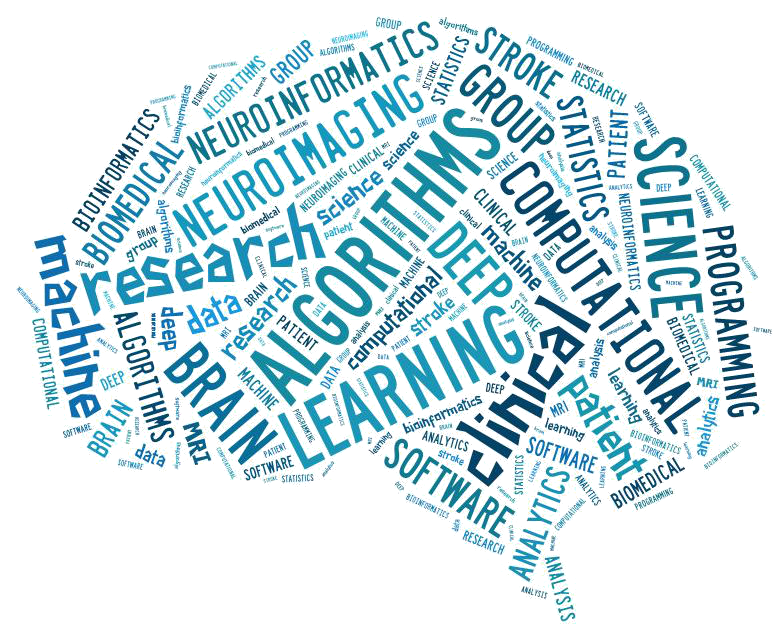Zheng W-L, Amorim E, Jing J, Wu O, Ghassemi M, Lee JW, Sivaraju A, Pang T, Herman ST, Gaspard N, Ruijter BJ, Tjepkema-Cloostermans MC, Hofmeijer J, Putten MV, Westover B. Predicting Neurological Outcome from Electroencephalogram Dynamics in Comatose Patients after Cardiac Arrest with Deep Learning. IEEE Trans Biomed Eng 2021;PPAbstract
OBJECTIVE: Most cardiac arrest patients who are successfully resuscitated are initially comatose due to hypoxic-ischemic brain injury. Quantitative electroencephalography (EEG) provides valuable prognostic information. However, prior approaches largely rely on snapshots of the EEG, without taking advantage of temporal information. METHODS: We present a recurrent deep neural network with the goal of capturing temporal dynamics from longitudinal EEG data to predict long-term neurological outcomes. We utilized a large international dataset of continuous EEG recordings from 1,038 cardiac arrest patients from seven hospitals in Europe and the US. Poor outcome was defined as a Cerebral Performance Category (CPC) score of 3-5, and good outcome as CPC score 0-2 at 3 to 6-months after cardiac arrest. Model performance is evaluated using 5-fold cross validation. RESULTS: The proposed approach provides predictions which improve over time, beginning from an area under the receiver operating characteristic curve (AUC-ROC) of 0.78 (95% CI: 0.72-0.81) at 12 hours, and reaching 0.88 (95% CI: 0.85-0.91) by 66 h after cardiac arrest. At 66 h, (sensitivity, specificity) points of interest on the ROC curve for predicting poor outcomes were (32,99)%, (55,95)%, and (62,90)%, (99,23)%, (95,47)%, and (90,62)%; whereas for predicting good outcome, the corresponding operating points were (17,99)%, (47,95)%, (62,90)%, (99,19)%, (95,48)%, (70,90)%. Moreover, the model provides predicted probabilities that closely match the observed frequencies of good and poor outcomes (calibration error 0.04). CONCLUSIONS AND SIGNIFICANCE: These findings suggest that accounting for EEG trend information can substantially improve prediction of neurologic outcomes for patients with coma following cardiac arrest.



